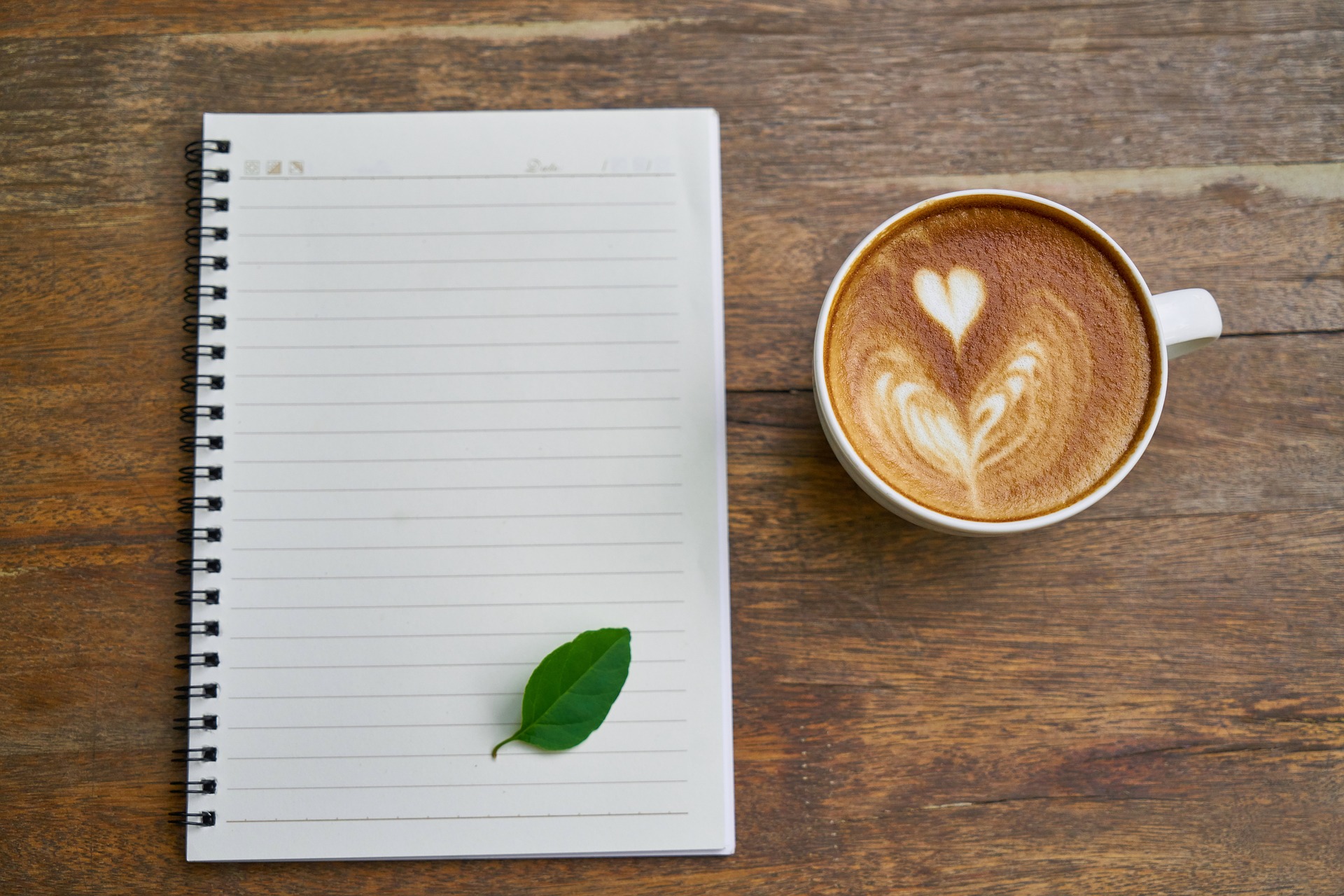I’m so thrilled to once again be ringing in Caffeine Awareness Month in collaboration with the Canadian Beverage Association who have brought me back on board to write a 4-part series on all things caffeinated.
To kick things off in style we are going to delve a little bit deeper into the history of caffeine and how it ended up becoming one of the most widely known compounds on earth.
Before we get there though, let’s do a quick review of what caffeine is and take a second to appreciate just how popular it has become.
An Intro To The Phenomenon That Is Caffeine
Our dear friend caffeine, also eloquently referred to as 1,3,7-Trimethxylaxanthine or a Triple Mocha Frapuccino, is one the most widely consumed food components across the globe.
You will be hard pressed to find someone who does not have at least a partial understanding of what caffeine is, or who cannot name at least one place it might be found.
Caffeine also happens to be considered the most widely used psychoactive compound, which simply means that it has an effect on your central nervous system as it relates to altering your perceptions of fatigue.
It also happens to be one of the most heavily researched food components in the scientific literature.
In other words, we know a lot about it.
And it’s a good thing we do – because according to data out of the US, 85% of the population drinks a minimum of one caffeinated beverage daily, with coffee and tea being the highest contributor in all age groups.
Globally, and here in the Canada, the numbers are quite similar.
In terms of sheer volume, Brazil and The United States both consume nearly 1,000 tonnes of caffeine annually according to CaffeineInformer.com.
Us humble Canadians are a touch further down the list owing to our smaller population.
Globally, over 2 billion cups of coffee are served up daily and it is the most frequently consumed food or beverage. (Heckman et al., 2010). (ICA, 2009–2010).
So How Did We Get Here?
So where the HECK did this caffeine craze come from?
Well, caffeine occurs naturally in more than 60 different plants that grow in diverse locations across the globe.
Coffee and cocoa beans, tea leaves, cola nuts, guarana and the fruit of numerous other plants that are not necessarily related to each other are among those that produce the compound.
The curious thing, however, is that this cluster of botanical wonders don’t have much association with each other.
Genomic researchers, including the team led by Denoeud et al in 2014, concluded that this seemingly unrelated group of plants evolved independently, but in the same direction, to produce caffeine in order to deter predators from consuming their leaves.
It certainly had the opposite effect on humanity though, for whom it is quite safe to consume.
Caffeine & Human History
Legend has it that in 2737 BC – Chinese Emperor Shen Nung was boiling drinking water but leaves from a nearby bush fell in, accidentally brewing tea for the first time
Because of it wide presence in a variety of plant species, historians posit that humans have consumed caffeine as early as the stone age where our earliest ancestors may have noticed the consumption of certain plants contributed to a decrease in fatigue and improved focus.
Sound familiar?
It would not have been until quite a while later that the formation of beverages from these plants, namely coffee and tea, would become popularized.
Perhaps surprising to some, this popularization occurred well before the conception of a popular green-themed west coast brand.
In fact, it appears that many of the original accounts of caffeine use in written history emphasize its pharmacological and medical properties, which were appreciated if not fully understood as far back as the 15th and 16th centuries when it may have first been consumed globally.
Coffee was, for example, considered a luxury reserved for the upper class in Arabia and did not become widespread in Europe until the 18th and 19th centuries.
Tea was believed to be widely popularized in the 1300s and beyond in Ming Dynasty China.
More Caffeine Content To Come
I hope you’ve enjoyed a little taste and tease of some of the great caffeine-related content to come throughout the month of March.
With today’s history lesson behind us, I will be moving on to explore current events and research surrounding caffeine intake including a discussion of the popular debate between the effects of natural vs synthetic caffeine.
Watch this space ( in between sips).
Until next time,
Andy De Santis RD MPH



